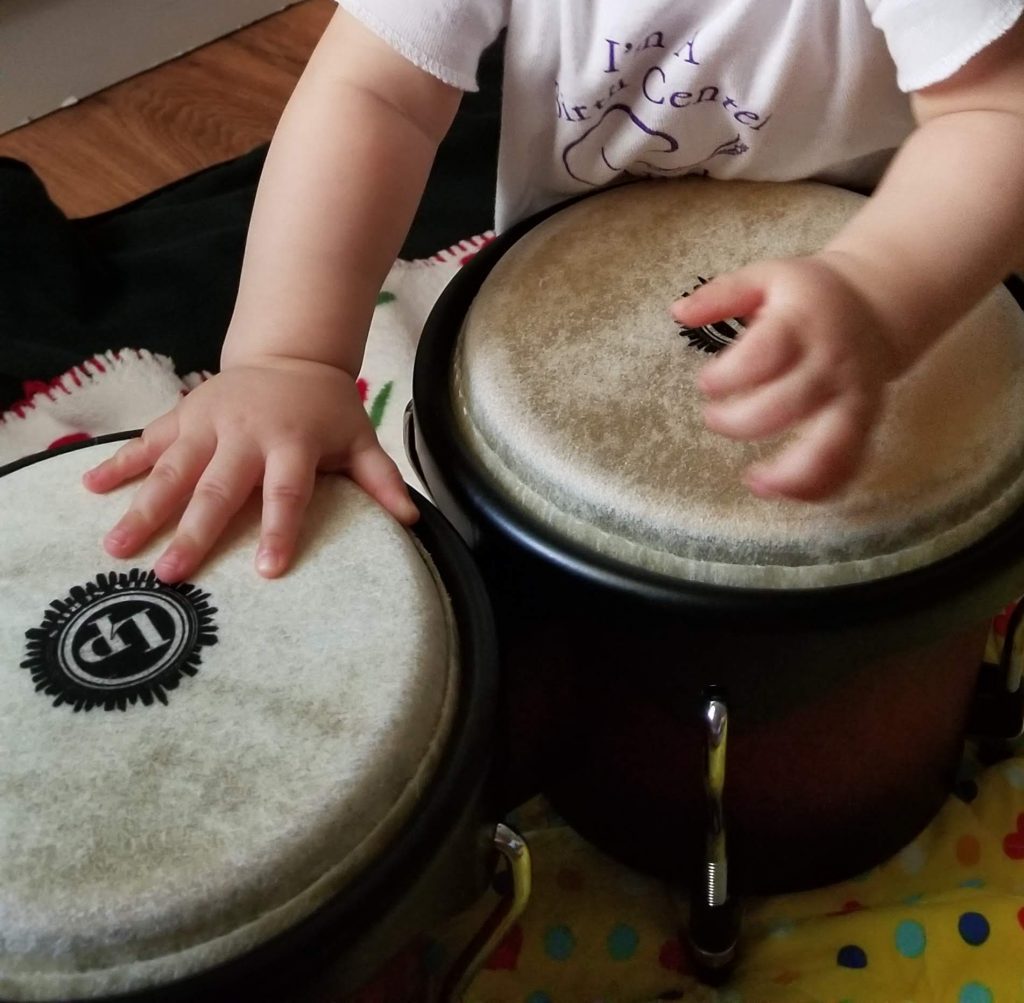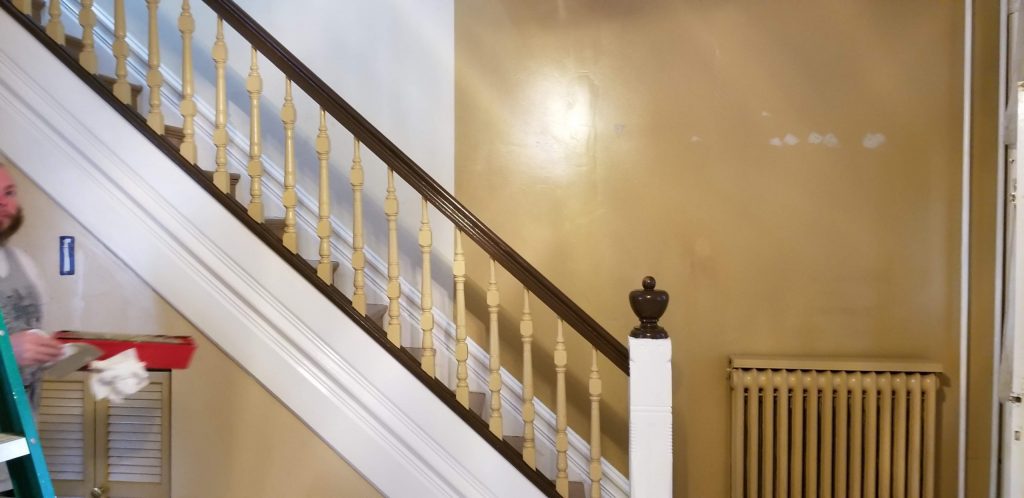Hello everyone! What a year 2019 was, and what a start to 2020 we’ve had. As I write this, we’re in the midst of a global pandemic, and I know many of you are concerned about your health, jobs, and financial situations. Some are even wondering how those of us pursuing FIRE (Financial Independence, Retire Early) are handling these uncertain times.
I want to assure you that we’re doing fine here in Florida, where we’re currently snowbirding. Despite the quarantine measures preventing our return home, life goes on much as usual for us. While we’re certainly concerned about the broader impact of this crisis, worrying about our own finances is the last thing on our minds.

2019: The End of a Bull Market
2019 marked the end of the longest bull market in history. We knew the end was coming, but we didn’t know when or how. In just a matter of days in early 2020, we saw a 30% drop in our stock fund portfolio. However, we were prepared for this situation.
For the past three years, we’ve been taking a more cautious approach. We entered early retirement with a conservative 60/40 (stocks/bonds) allocation. Additionally, we withdrew just 3.25% of our portfolio for 2020, which covers our projected annual spending.
Our Spending History
We’ve been publicly reporting our spending since 2015, but we actually started tracking it about a decade ago. This practice was crucial in helping us achieve financial independence. It made us realize where we were wasting money and how we could maximize our spending for true happiness.
2019 Spending Breakdown
Let’s take a look at how we spent our money in 2019:
| Category | Annual | Monthly |
|---|---|---|
| Home | $31,518 | $2,626 |
| Food & Dining | $12,914 | $1,076 |
| Travel | $8,063 | $672 |
| Gifts & Donations | $4,049 | $337 |
| Kids | $3,728 | $311 |
| Bills & Utilities | $3,175 | $265 |
| Auto & Transport | $3,066 | $256 |
| Health & Fitness | $2,698 | $225 |
| Shopping | $1,255 | $105 |
| Entertainment | $719 | $60 |
| Other | $381 | $32 |
| Total | $71,566 | $5,965 |
Home Expenses: A Year of Transition
2019 was a transitional year for us, which is reflected in our higher-than-usual home expenses. We spent nearly $18,000 on home repairs and improvements. Here’s a breakdown of our major home projects:
- Renovated the living room and stairs
- Upgraded the master bedroom
- Refreshed the kitchen with new countertops, backdrop, and appliances
- Installed waterproof laminate flooring throughout the house
- Remodeled the basement powder room
- Replaced the roof
- Repaired ceiling and wall damage
- Installed a smart thermostat
- Replaced the garage door opener


These upgrades not only improved our quality of life but also increased the value of our home. It was a strategic decision to invest in our property rather than putting more money into the stock market at that time.
Food & Dining: Quality Over Quantity
We cook a lot at home but also prioritize high-quality ingredients. For example, we opt for wild-caught salmon over farmed-raised options from China. While this increases our food costs, we believe it’s worth the investment in our health.
Travel: Making the Most of Our Freedom
In 2019, we traveled without time constraints for the first time. We spent about three weeks in Florida at the beginning of the year and nearly two months in Europe later on. By using reward points for flights and hotels, we managed to keep our travel costs to $8,000.
Other Notable Expenses
- Kids: We received a $2,000 child tax credit, which offset some of our childcare expenses.
- Auto & Transport: We’re still driving our 2007 Camry, which required some repairs but continues to serve us well.

Final Thoughts and Looking Ahead
While our spending in 2019 was higher than usual due to home improvements, we’re comfortable with our financial decisions. Being financially independent allows us to choose where we allocate our resources, focusing on what truly matters to us.
As we navigate the uncertainties of 2020 and beyond, we remain confident in our financial strategy. We’ve built flexibility into our plans and have the resources to weather economic storms.
The key to financial independence isn’t just about cutting costs; it’s about aligning your spending with your values and long-term goals. Cut the fat where there’s a lack of happiness, and invest more in what truly matters to you.





